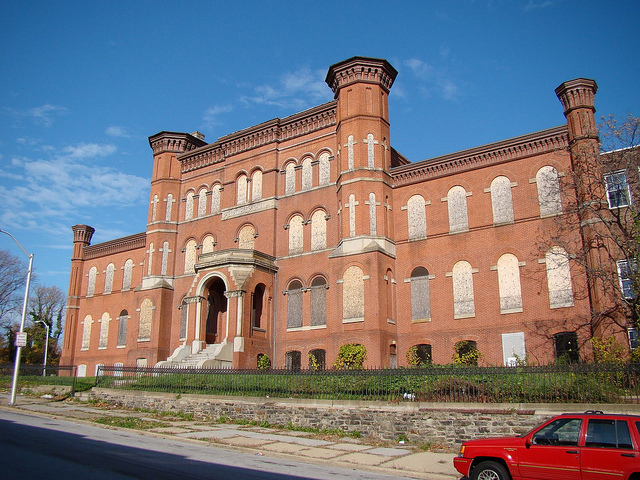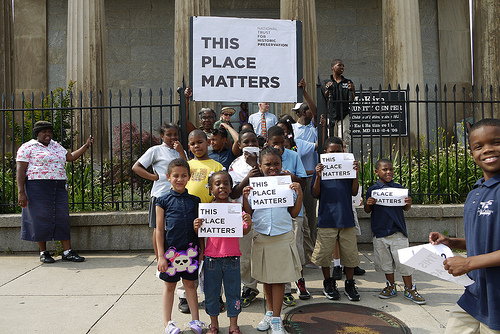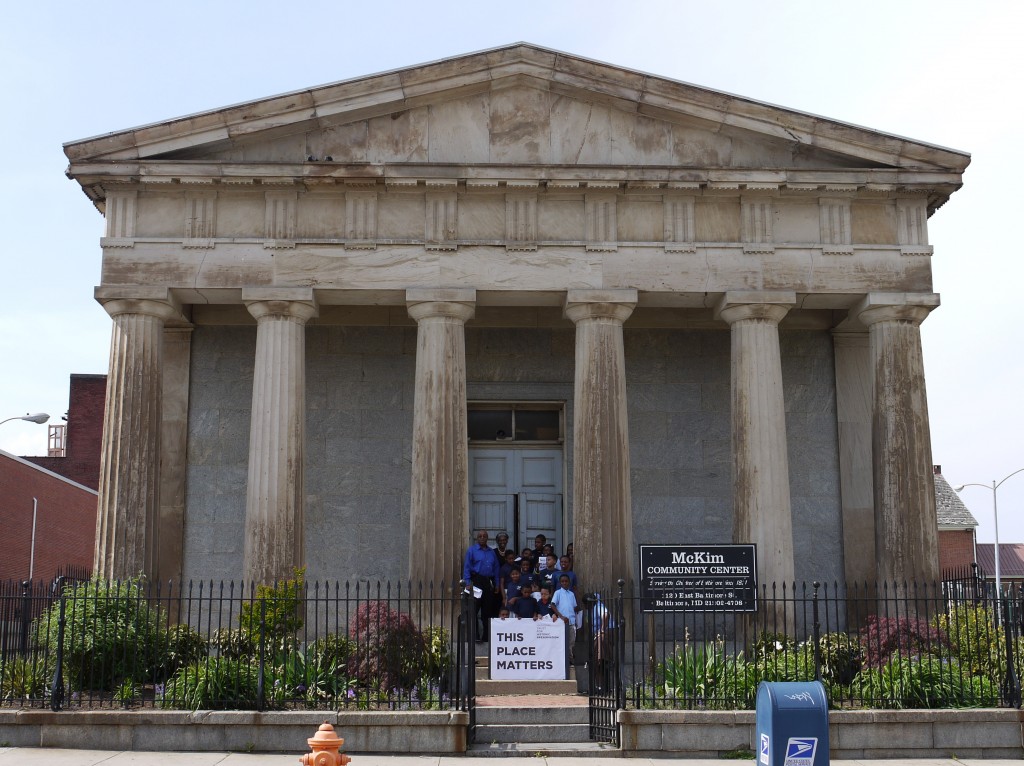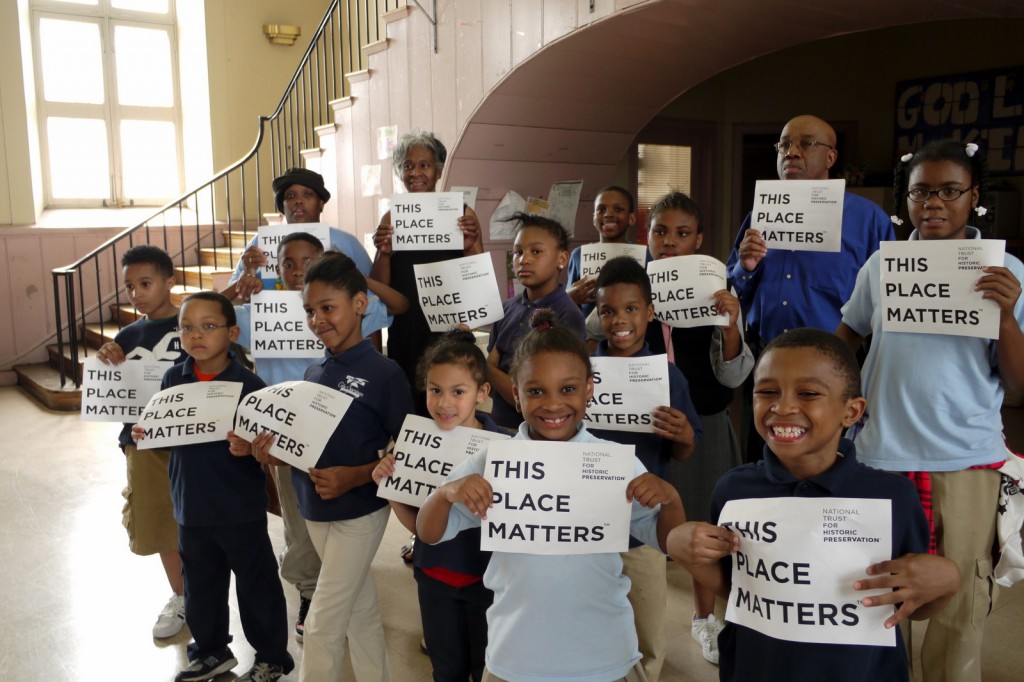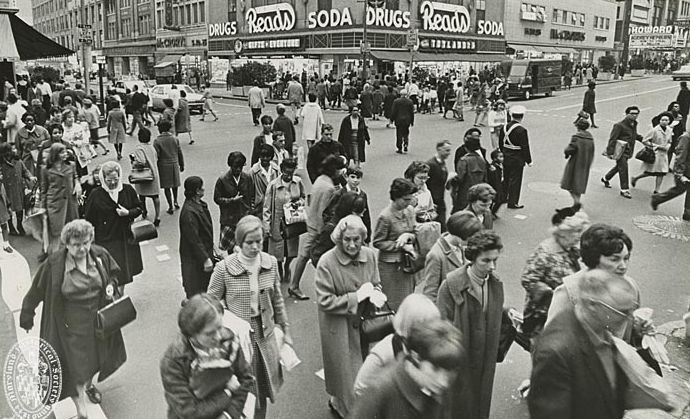
This morning the Board of Estimates voted to extend the city’s land disposition agreement with Lexington Square Partners for the development of the Superblock for another year. We’ve spent much of 2011 pushing the city to recognize the importance of the West Side’s rich social and architectural history as an asset to the neighborhood’s revitalization. The development team has now acknowledged the landmark sit-in at Read’s Drug Store with a proposal to retain the exterior walls of the 1934 building and the City has approved a plan with funding to stabilize this publicly-owned building. We opposed the extension granted by the Board of Estimates this morning because we believe the development plan continues to call for the demolition of too many historic buildings. The West Side’s unique heritage should be the foundation for building a more vibrant and livable neighborhood so we are renewing our efforts to share the stories of the West Side with people from across the city.
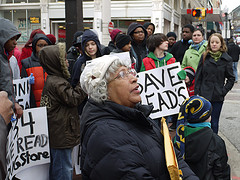 For over two hundred years this neighborhood has been a center of activity to entrepreneurs and merchants of all kinds, suffragists and civil rights protestors, and much more. With all of these diverse stories to tell, we’re bringing back last winter’s Why the West Side Matters series here on our website and offering a new set of lunch time walking tours on the second Wednesday of each month from January through April 2012.
For over two hundred years this neighborhood has been a center of activity to entrepreneurs and merchants of all kinds, suffragists and civil rights protestors, and much more. With all of these diverse stories to tell, we’re bringing back last winter’s Why the West Side Matters series here on our website and offering a new set of lunch time walking tours on the second Wednesday of each month from January through April 2012.
- January 11 — Meet at Lexington Market (Eutaw & Lexington Streets)
- February 8 — Meet at Pratt Library Central Branch (Cathedral Street between Franklin & Mulberry Streets)
- March 14 — Meet at Lexington Market (Paca & Lexington Streets)
- April 11 — Meet at Charles Center (Center Plaza)
Each unique 1-hour tour will start at 12:30 pm visiting places like Pascault Row, G. Krug & Son Iron Works, the Maryland Women’s Heritage Center, and much more. Come for one tour or come for them all and please make sure to join our e-mail list or connect with us on Facebook for reminders about these and other upcoming programs.

